April is harbor seal pup season in Monterey County, California. The coast of Monterey is a great place for seeing marine life in the ocean without getting on a boat. My great fortune is I live here.
January is grey whale migration when thousands of whales pass by Monterey on their way to breeding waters in Baja California, Mexico. February and March are good months for spotting new-born sea otter pups. This year a wild sea otter mom took shelter from high waves in the ocean tide pool of Monterey Bay Aquarium in early March to give birth to her pup. She and her pup stayed in the tide pool for two days amid the hundreds of aquarium visitors taking photos all day long before heading back out to the coastal sea to raise her pup.
Wild Sea Otter pup born in Monterey Bay Aquarium tide pool this weekend (March 7, 2016).
And like clockwork every April 15 tax season, local beaches around here where humans do not tread fill up with newborn harbor seal pups. Pups are born on the beach and can crawl along the sand and swim within hours of being born. Mom feeds the pups milk for about four to six weeks before they go their own ways and the young seal has to take care of itself in the ocean. Many of the female seal pups who survive to breeding age will return to the same beach they were born as their pup birthing beach.
An adult female harbor seal generally has one pup every year. Harbor seals gestate for nine months. Pup mortality is high, up to 50%.
Point Lobos State Natural Reserve
Point Lobos State Natural Reserve, about six miles south of Monterey on California Highway 1, is one of my favorite places to observe new pups every April.
Pup at Whaler’s Cove.
Whaler’s Cove has a couple of small beaches where seals haul out to give birth. One beach is only about 100 to 150 feet wide at low tide below Whaler’s Cabin. There were about 30 seals on the beach with five to eight pups I could see yesterday.
Harbor seals generally do not like to touch each other. They are quiet animals and keep their personal space. Most of the year in these parts, harbor seals are seen perched alone on a rock in the ocean near the shore exposed at low tide.
Pupping season is the noisy season. Pups cry out for food and mom seals either roll over and feed the pup or vocally push the pup away in a kind of “Not now, I am resting†message to their hungry offspring. Mama seals rest on the beach or self-feed in the ocean for hours each day and these are the times young pups explore their beach surroundings with a walkabout, or more precisely a crawl about.
Newborn harbor seal pup still has umbilical cord attached. Bluefish Cove beach, Point Lobos State Reserve.
Harbor seals are site faithful. They are birthed, rest and haul out in the same stretch of coastline for their life span. These mom seals were likely born on this same beach or somewhere nearby along the coast.
There are approximately 20,000 harbor seals along the California Coast and Channel Islands. I saw around 80 harbor seals yesterday, perhaps 20 to 25 pups among them, on three small beaches along a one mile stretch of Point Lobos State Park northern coastline.
Mom harbor seals are about 5 to 6 feet long and weigh around 250 pounds. Newborn seal pups are around 20 to 25 pounds. The life span for a harbor seal is around 20 to 25 years.
The pup in the center wandered away from its mom on its own beach exploration. The just born pup is beside the light colored seal in bottom left.
This wandering seal pup finds out what happens when you try and snuggle up to another mama seal as it crawls across the sand to check out the newborn pup.
Mom seal aggressively pushes the wandering pup away with a seal growl and nip.
This seal pup went back to its own mom for lunch milk after the solo foray along the beach.
I was at the eye doctor before photographing these seals and he told me an earlier patient who works in seal rescue had recovered four abandoned pups the previous day.
A couple years ago there were some European teenage boys visiting Point Lobos with their family. The boys climbed down the rocks and approached the seals and pups on Whaler’s Cove beach and scared them all into the water with their presence. The police were called. It is a federal crime to disturb marine mammals. The seals remained in the water for hours afterwards before returning to the beach. This kind of human interference can result in moms abandoning their pups.
It is kind of sad to see how anti-social all the seal moms are to other hungry pups. This is why abandoned pups are sometimes rescued by marine mammal centers since they will not be cared for by other adult seals. In most cases an abandoned seal pup simply dies. Nature is cruel to observe at times. Death is part of the cycle of life in the sea. Dead seal pups become food for other marine life or turkey vultures who circle overhead looking for carcasses on the beaches and rocks.
Social Sea Lions and Solitary Seals
Visitors to San Francisco and Monterey Bay may see sea lions gathered in large groups on docks or on rocks. In contrast to the solitary and silent harbor seal, sea lions frequently haul out of the sea and congregate together. They are far more agile out of the water than harbor seals. They climb across rocks, sometimes to heights 50 feet or more above the sea. They climb over each other to get where they want to be and frequently vocalize in loud barks.
Some nights when the wind is blowing onshore from the north, I can hear sea lions about 1.5 miles away in Monterey Harbor barking in the night. There are generally hundreds of sea lions hauled out on the rocks of the Monterey Coast guard pier at any given time.
Sea lions gathered on Monterey Coast Guard pier rocks. Unlike harbor seals, sea lions are very social and cuddle up close to each other in large groups.
Sea lions hauled out on beach at Sea Lion Point, Point Lobos State Reserve. (March 2015).
Monterey Bay is one of the great locations in the world for observing marine mammals like seals, sea lions, sea otters and whales from shore. While travel is my passion and I enjoy being in other places to experience how other people live, Monterey is my home. Here on the California coast is where I realize through the sea around us that there are many other life forms populating our planet. I develop better awareness each year of sea life around us as I observe the seasonal cycles of migrations and births. This awareness increasingly educates me to the fact that humans are not the only animal species that matter.
Sealed with a kiss.
Many of the harbor seal facts used in this article were taken from sealconservancy.org Harbor Seal Facts.
Point Lobos State Natural Reserve California State Parks website.
SeeMonterey.com – Monterey County tourism website.
Point Lobos State Park showing Whaler’s Cove and Bluefish Cove.
Monterey, California relative to San Francisco and Los Angeles with Google Maps pin on Point Lobos.


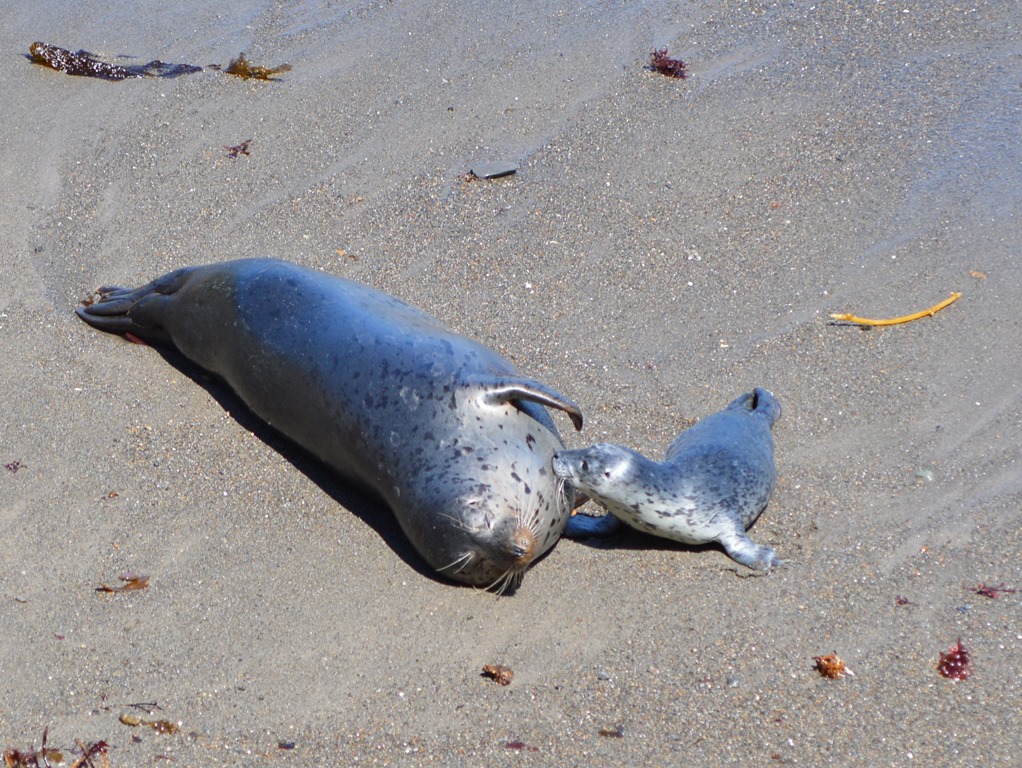
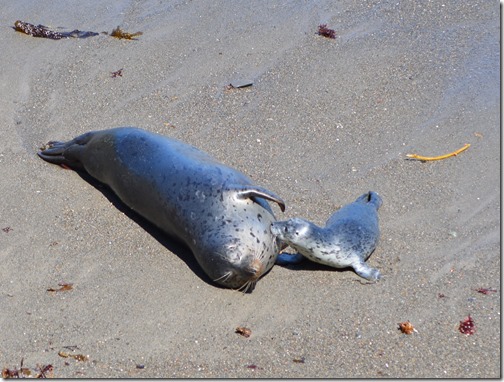
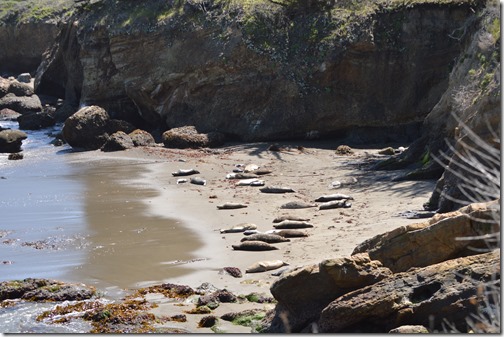
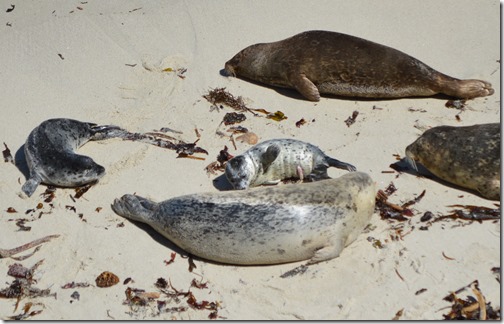
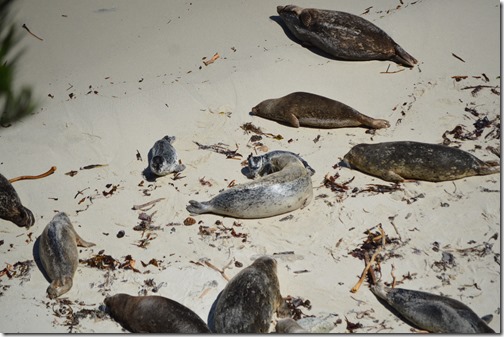
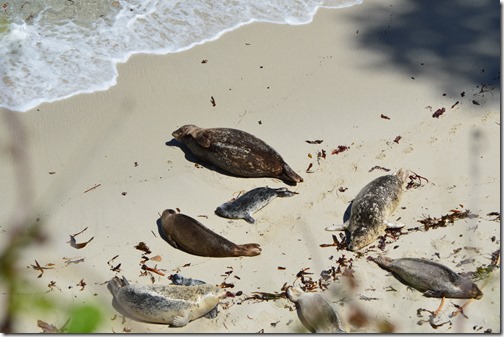
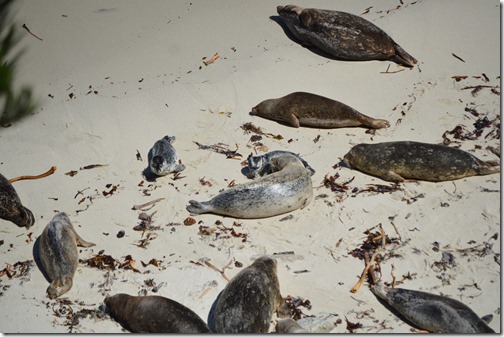
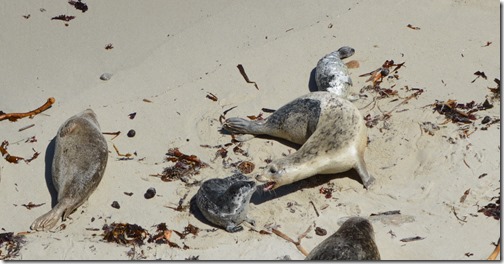
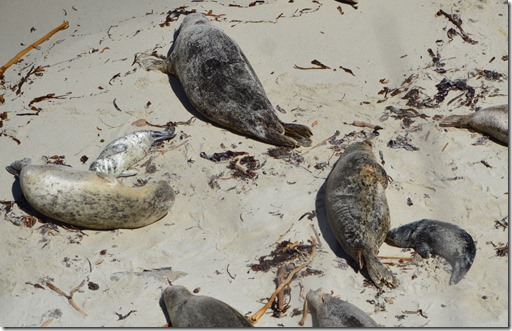
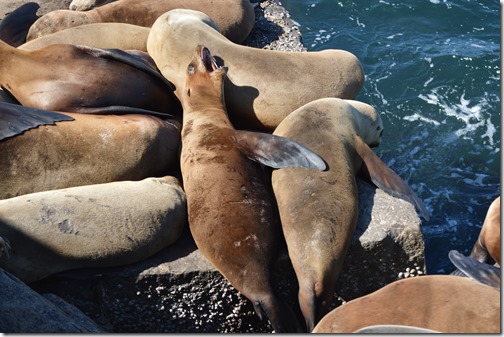
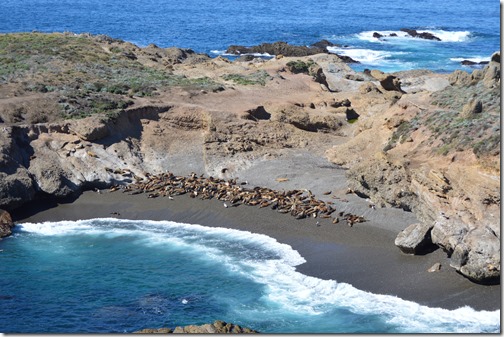
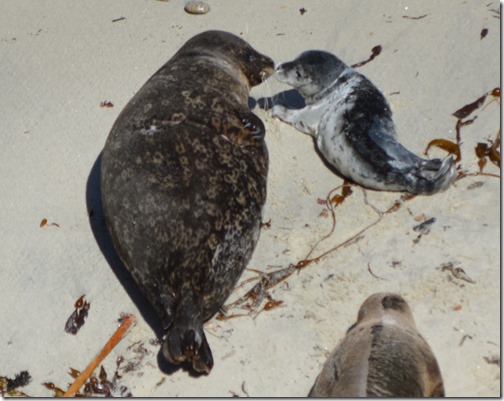
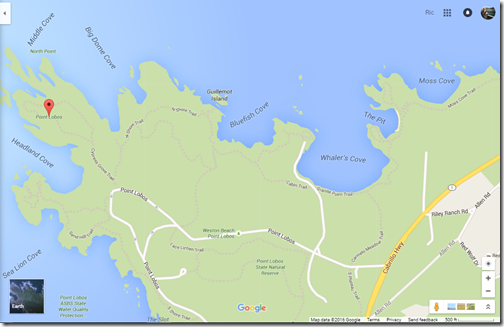
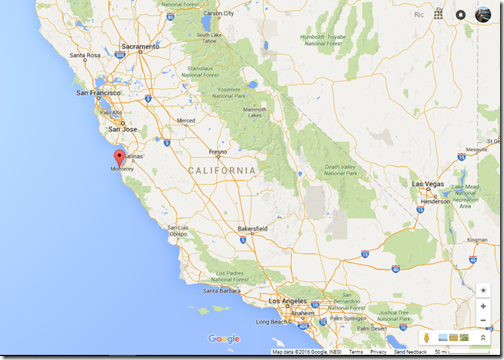
2 Comments
Comments are closed.